Best Places to Visit in New Mexico

Since my first trip to New Mexico 35 years ago, I’ve been captivated by how the state feels both otherworldly and deeply rooted in history. I’ve returned many times throughout the years, in every season, usually with my husband and son. We live in Texas now and are used to driving long distances so The Land of Enchantment is close. Together, we’ve admired dramatic desert landscapes, colorful adobe towns, centuries-old traditions, a thriving arts scene, and even New Mexico beaches!
Choosing where to go can feel overwhelming, but after thoroughly exploring the region on a recent four week road trip, here are my must-visit places I’d love to share.
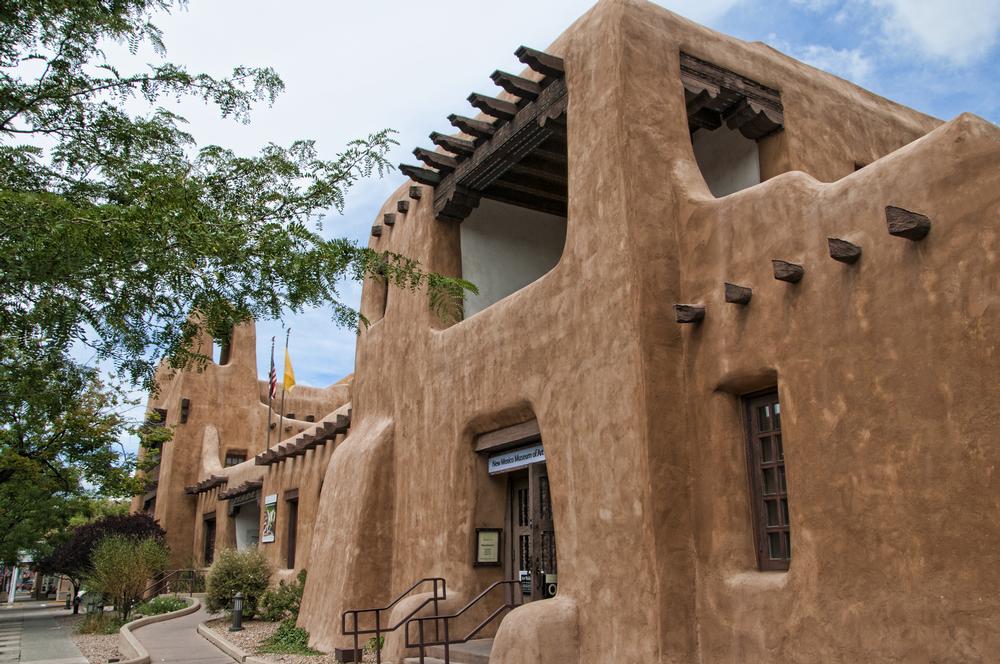
1. Santa Fe
I was blown away by this city when I first visited decades ago and I still return every chance I get. This unique city is nestled in the foothills of the Sangre de Cristo Mountains in northern New Mexico, known as the country’s oldest state capital (Santa Fe was founded in 1610!).
Locals shared with me that Santa Fe has long been a gathering place for artists, writers, and visionaries and today its galleries and cultural festivals attract visitors from all over the world but I would especially say don't miss the Currents New Media annual art + technology festival in June!
After just a one-hour drive from Albuquerque, I found myself wandering through adobe-lined streets, savoring spicy red and green chile dishes, exploring the Georgia O’Keeffe Museum, and relaxing at Ten Thousand Waves, a Japanese-inspired spa tucked into the mountainside. Our Deluxe Room with 2 Queen Beds for two days at La Fonda on the Plaza (a AAA Four Diamond winner, from $354) was stylish and comfortable for the three of us, with hand-painted tiles and kiva fireplaces, and its signature dining room, La Plazuela serves some incredible dishes like green chile, New Mexican style.
Santa Fe's Canyon Road overflowed with incredible art galleries, while the historic Plaza felt alive with music, Native crafts, and Southwestern flavors. Santa Fe Art Tours is a standout if you want to explore with a guide, especially the “Canyon Road Gallery Tour”.
Our go-to spot for breakfast was Sweetwater Harvest Kitchen which won Santa Fe’s Best Vegetarian + Best Gluten-free Restaurant.
Next day we spend a lot of time at The Santa Fe Botanical Garden, a living work of art—where native plants, desert landscapes, and carefully designed pathways all blended into a serene escape that completely won me over.
In the summer, grabbing a scoop or two at La Lecheria is absolutely a must, artisan ice cream made without artificial ingredients and, trust me, your kids will thank you for it!
What I loved best:
Walking into Meow Wolf Santa Fe felt like stepping straight into a living dream—a place where art, imagination, and storytelling collide and I thought this was one of the most mind-bending, whimsical, and utterly unforgettable experiences I’ve ever had!
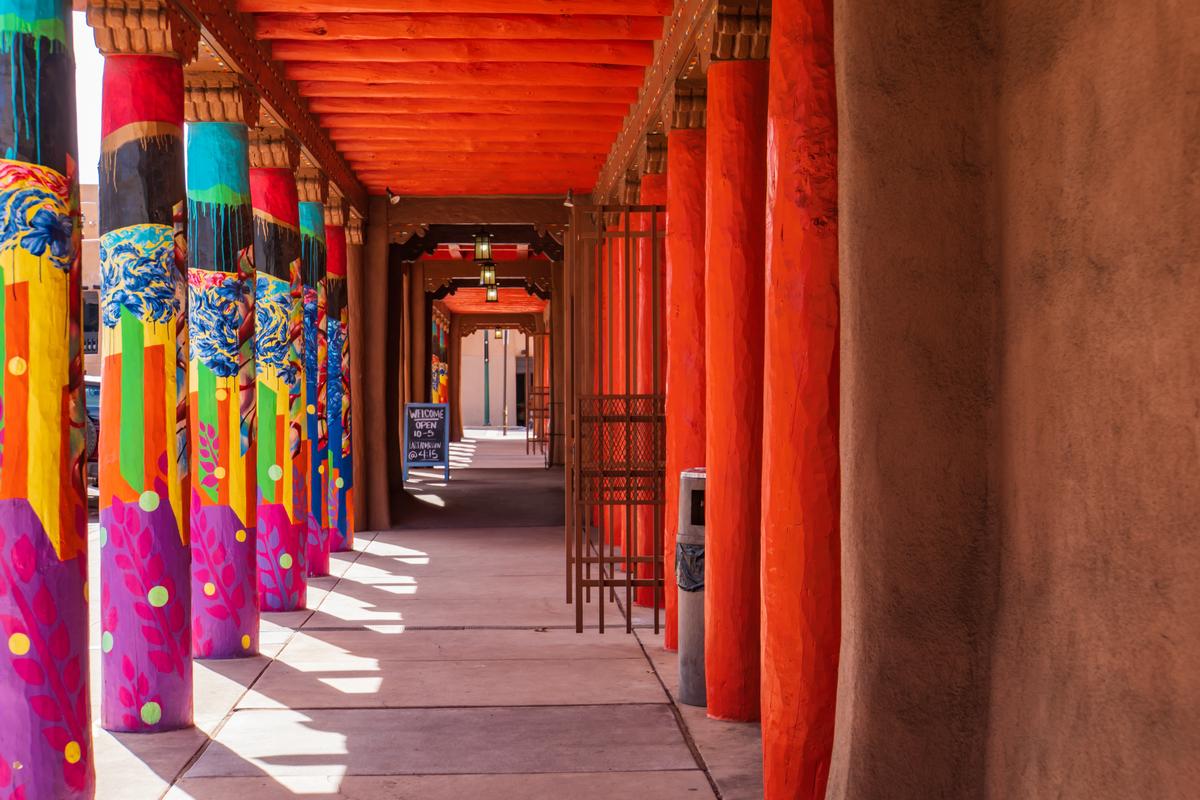

2. Albuquerque
Chris and I both absolutely love Albuquerque, and have been many times. I thought this was an absolute treasure and one of the best places to visit in New Mexico. Set against the dramatic backdrop of the Sandia Mountains and carved through by the Rio Grande, it’s a city that blends desert beauty, rich culture, and endless sunshine.
From Santa Fe, I drove about 1 hour south to "The Duke City" and started exploring in Old Town (founded 1706), where adobe buildings, shaded plazas, and the sound of distant church bells made everything feel timeless and grounded.
Later same day, the Indian Pueblo Cultural Center ($12 admission) gave me a deep look at the traditions of New Mexico’s 19 Pueblos, with dances and art exhibits. Later, I also strolled along the historic Route 66 corridor along Central Avenue. We stayed at Hotel Andaluz ($195) for two days, a 1939 Conrad Hilton hotel restored with Southwestern flair that completely won me over.
University of New Mexico Art Museum is a must-visit destination and completely free to visit!
Riding aboard ABQ Trolley Co. was my absolute favorite thing that you can't miss here!
We love the outdoors, and in New Mexico the higher you go, the more dramatic the landscape becomes. One area in particular that’s right in the city—but feels worlds away—is the Sandia Mountains. Grab your hiking boots, plenty of water, and your camera, because we’re heading out on a high-desert adventure!
Just 20 minutes from downtown Albuquerque, the Sandia Mountains rise sharply from the city floor, offering sweeping views of the Rio Grande Valley and, on clear days, miles of rugged New Mexico wilderness. You’ll find picnic areas, scenic overlooks, hiking and biking trails, and in winter, even a small ski area. Traveling with kids? Don’t miss the Sandia Peak Tramway, one of the longest aerial tramways in the world—it’s an adventure all on its own.
One of the most popular hikes is the La Luz Trail, a challenging but rewarding route that climbs about 7.5 miles (12 kilometers) to Sandia Peak with incredible views along the way. For a shorter option, trails like Embudito Canyon or Elena Gallegos Open Space offer easier hikes with classic desert scenery. Not interested in a long hike? No problem—you can take the tram or drive the Sandia Crest Scenic Byway for stunning vistas with minimal effort.
Parking at most trailheads and open spaces is free, while tramway tickets are paid separately and vary by season.
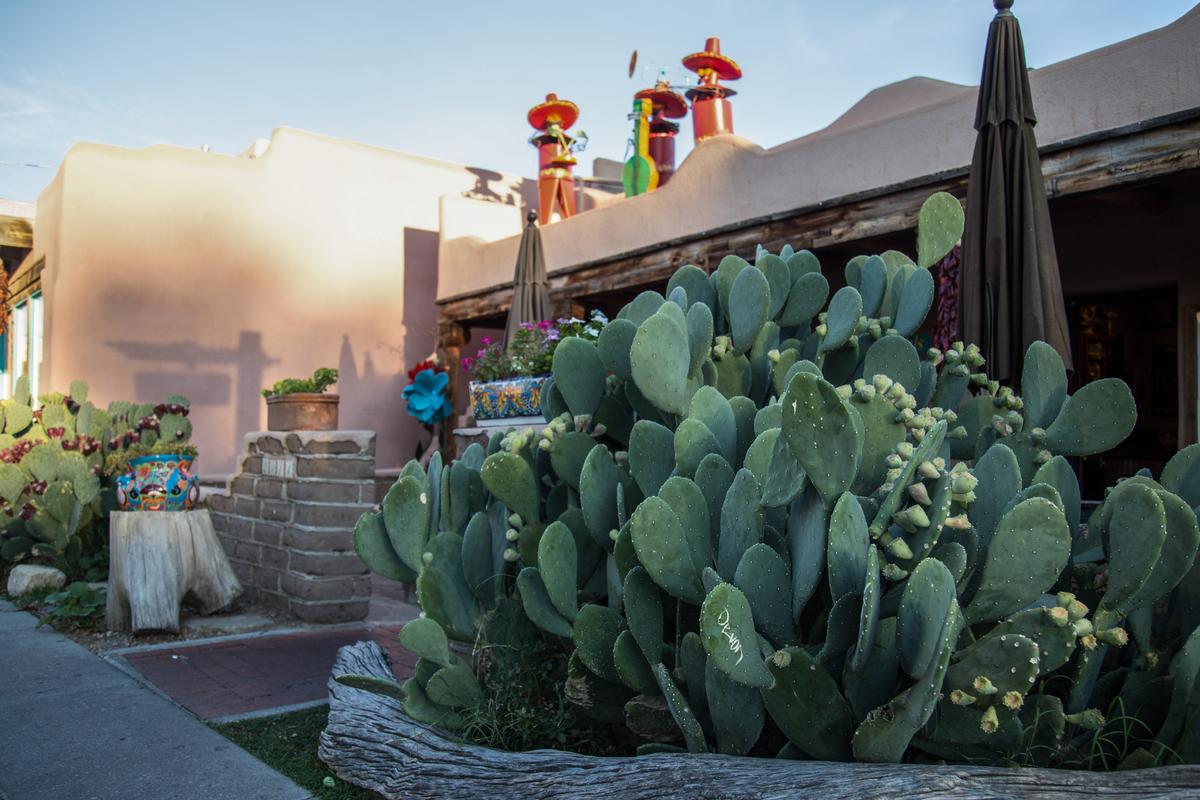
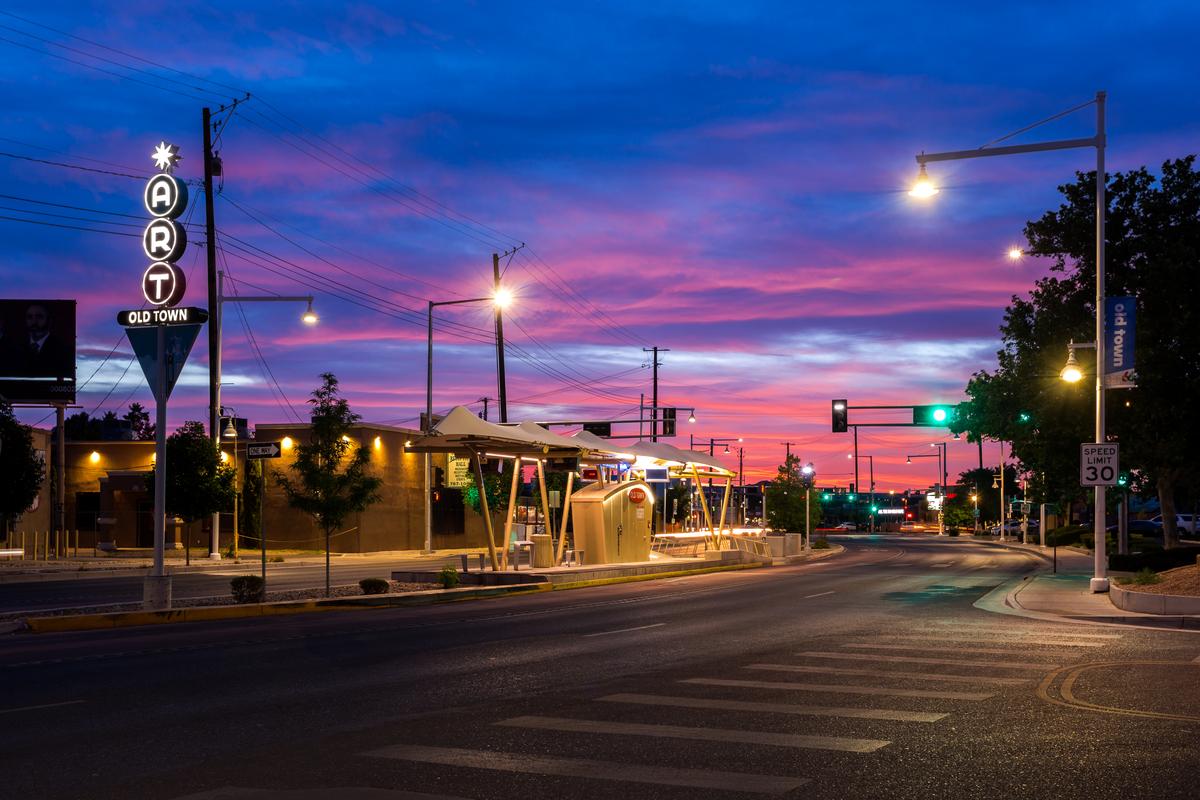
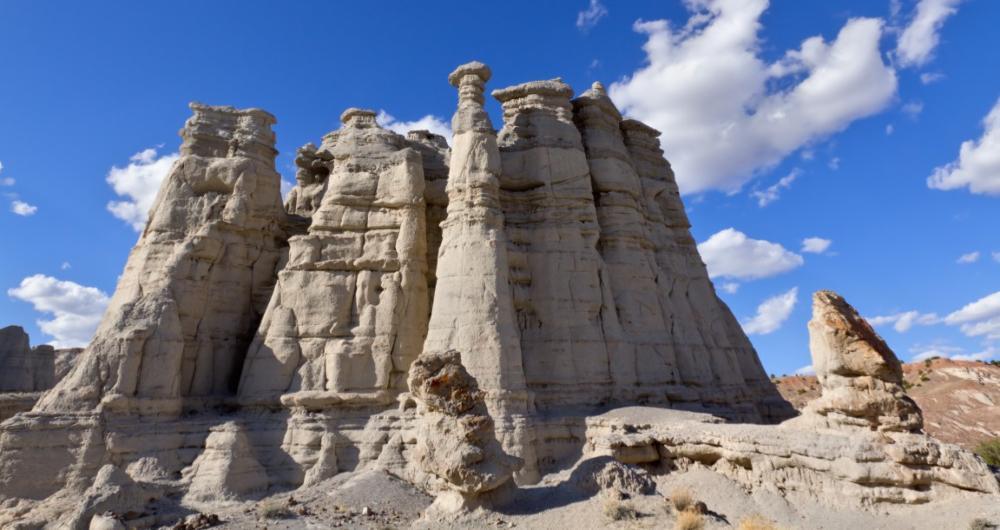
3. Abiquiu
Founded in the mid-1700s as a Spanish frontier settlement, this place captivated me with its adobe architecture, rugged mesas, and the timeless rhythm of the Chama River flowing nearby.
From Santa Fe, I drove about 1 hour 15 minutes northwest to Abiquiú, a tiny village of ~200 residents along the Chama River, and although it's small it so unique that it's one of my favorite places to visit in the American Southwest. We stayed for seven relaxing days in a local vacation rental.
What I loved best:
I toured the Georgia O’Keeffe Home & Studio ($40 guided tour, advance reservations required), where the artist lived and painted for decades, my personal highlight. I also visited the Abiquiú Inn (rooms from $165), where O’Keeffe tours begin, and visited the historic adobe church of Santo Tomás El Apóstol (built 1930s on the site of a 1706 mission).
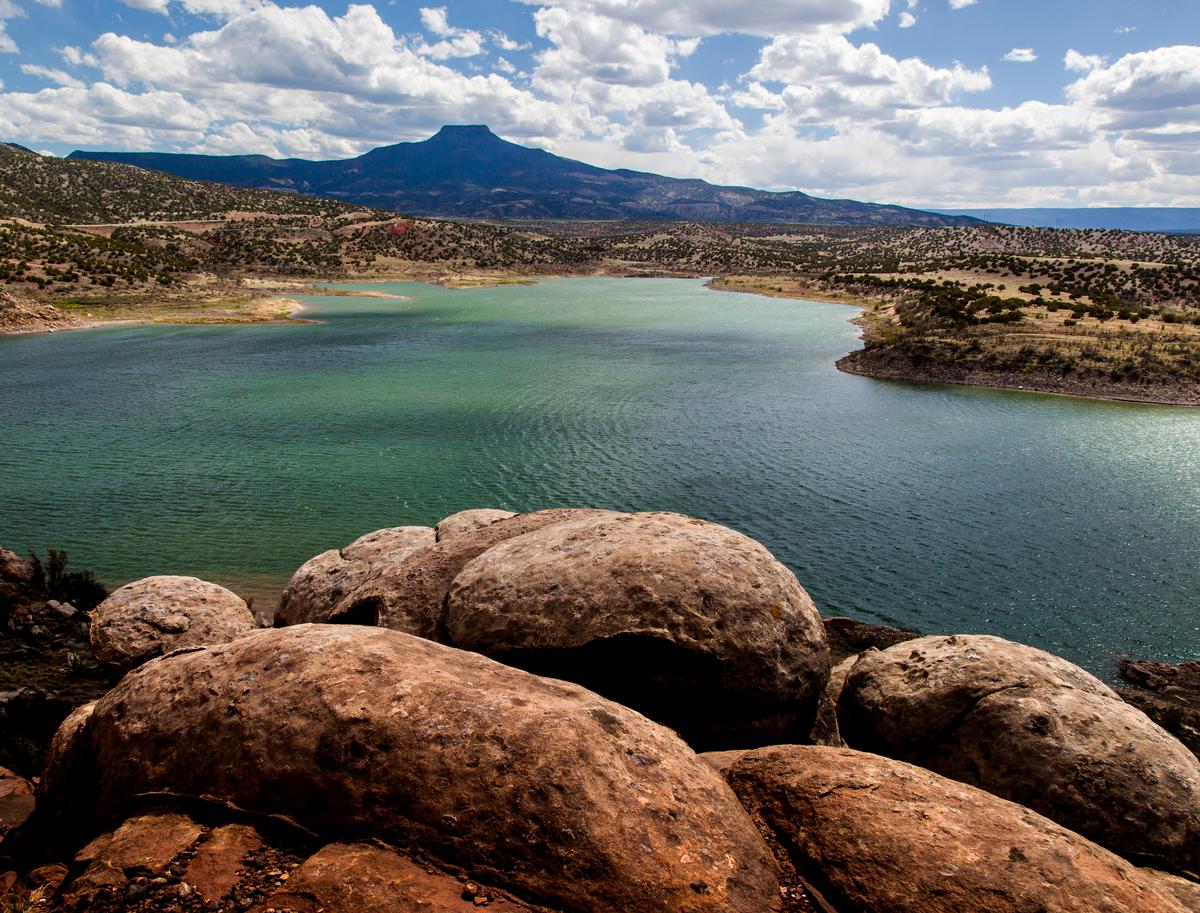
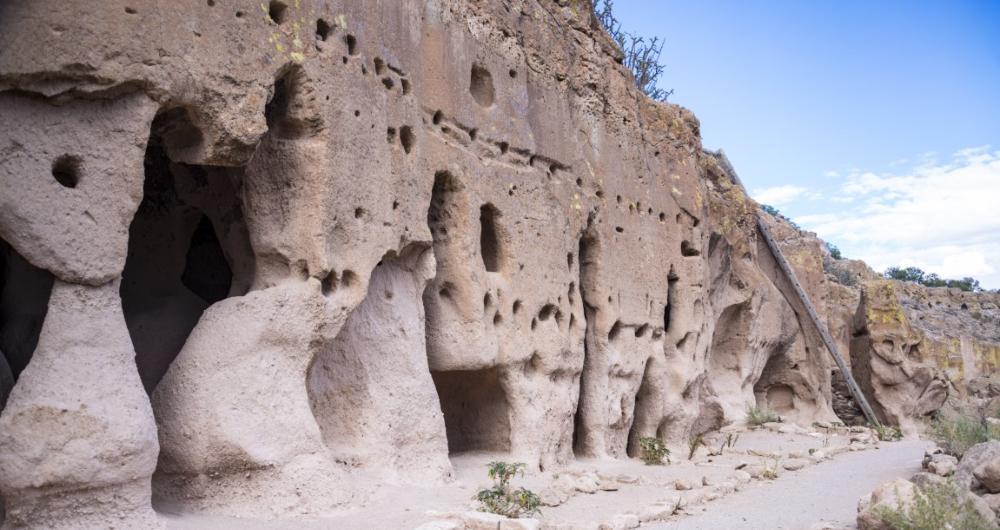
4. Espanola
Ready for a heritage-filled escape surrounded by some of New Mexico’s most striking scenery? Check out Española, a true loval gem!
Established in 1598 as the first Spanish capital of New Mexico, this town's claim to fame is being the oldest European settlement in the American West so just for its historical significance, for me, it's a must-visit spot.
From Santa Fe, I drove about 30 minutes north to Española, a a city of 10,000 residents at the confluence of the Rio Grande and Chama River. We stayed at Ohkay Casino Resort Hotel ($125) for two days, just outside town on Ohkay Owingeh Pueblo land.
We toured the Bond House Museum (free, exhibits on Española’s pioneer past), walked through the serene grounds of Santa Cruz Lake, and visited the nearby Sanctuario de Chimayó (8 miles east, free entry), a historic 1816 adobe church known for its “holy dirt.”
What I loved best:
The night sky here was exceptional, skies brilliant with stars, and my personal highlight!
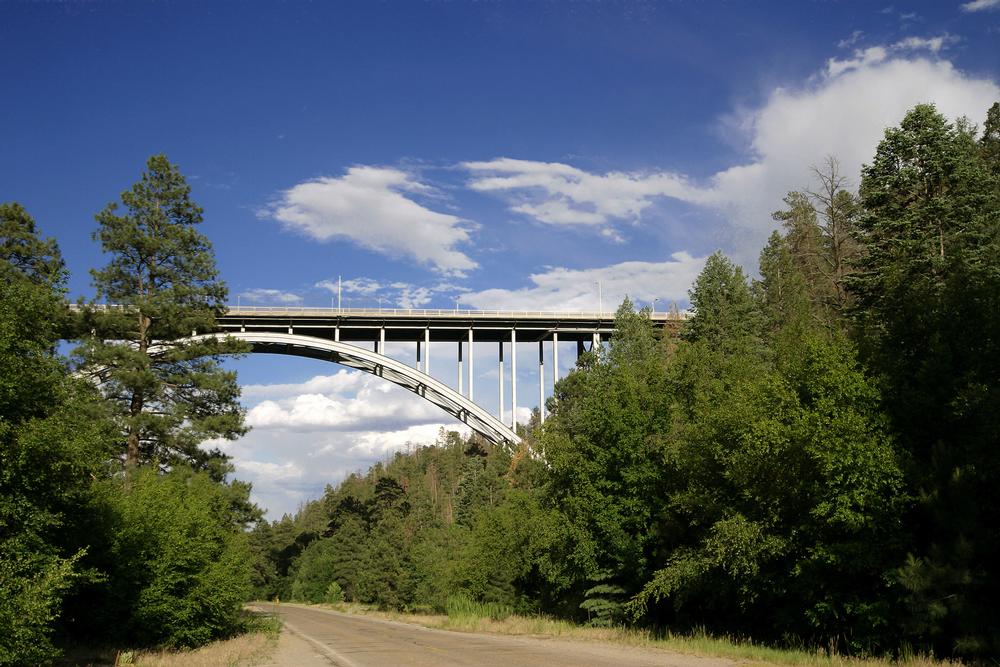
5. Los Alamos
Los Alamos charmed me with its blend of high-desert scenery, rich history, and a warm, small-town feel tucked against the rugged Jemez Mountains of northern New Mexico. We loved the wide skies and pine-dotted mesas, and the way the town feels both remote and deeply storied...to me, a place where science, culture, and nature intertwine.
From Santa Fe, I drove about 45 minutes northwest to this place, best known as the birthplace of the atomic bomb.
I toured the Bradbury Science Museum (free admission), with exhibits on the Manhattan Project and modern research at Los Alamos National Laboratory.
In town, I walked through the Los Alamos Historical Museum ($10 admission), housed in a 1918 stone ranch school building once used by scientists’ families.
What I loved best:
Trails led me quickly from town into the vast wilderness of Bandelier National Monument which I loved visiting in March (locals told me that it's too hot in the summer!).
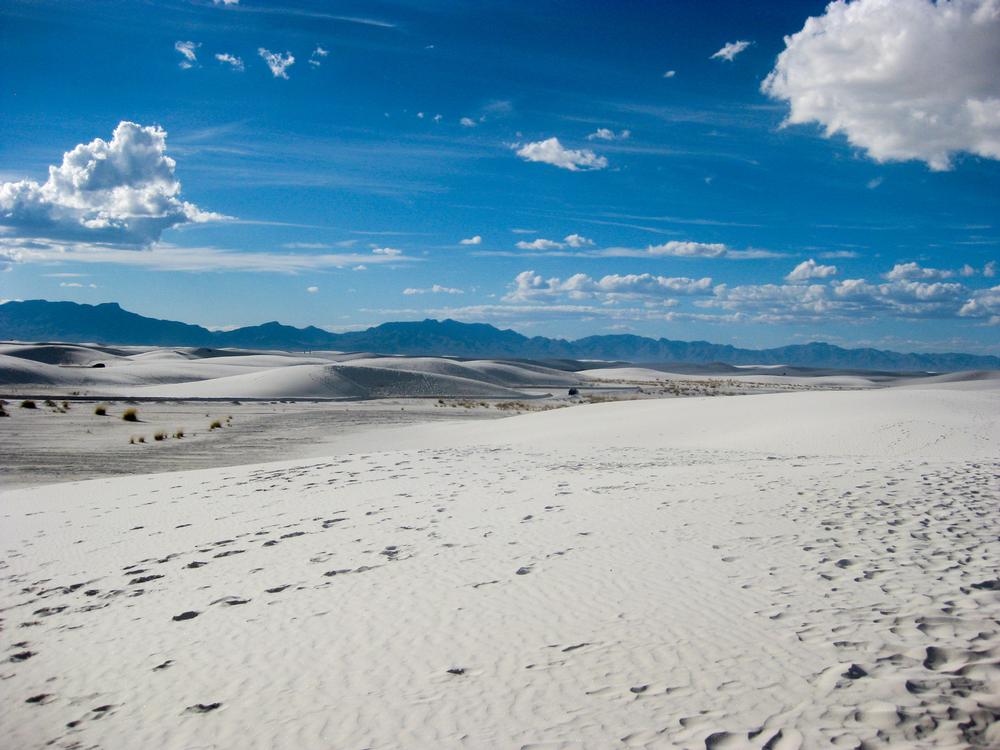
6. Alamogordo
I thought this town in southern New Mexico was an underrated gem, a desert city framed by the Sacramento Mountains, with endless skies, rolling dunes, and surprising pockets of greenery.
From Las Cruces, I drove about 1 hour 15 minutes northeast to Alamogordo, a high-desert city at 4,300 feet elevation.
My favorite stop was Shroud Exhibit and Museum, Inc., a rare hands-on museum that combines science and faith offering a scientific image-analysis of the Shroud.
We also toured the New Mexico Museum of Space History ($10 admission), and walked through the Alamogordo Downtown Historic District, lined with mid-century storefronts.
What I loved best: Nearby, the Toy Train Depot ($8 admission) displayed historic locomotives while dinner in town was classic green chile cheeseburgers ($18) at a retro diner. We stayed at the Classic Desert Aire Hotel ($125), a locally run spot with a pool and a real standout.
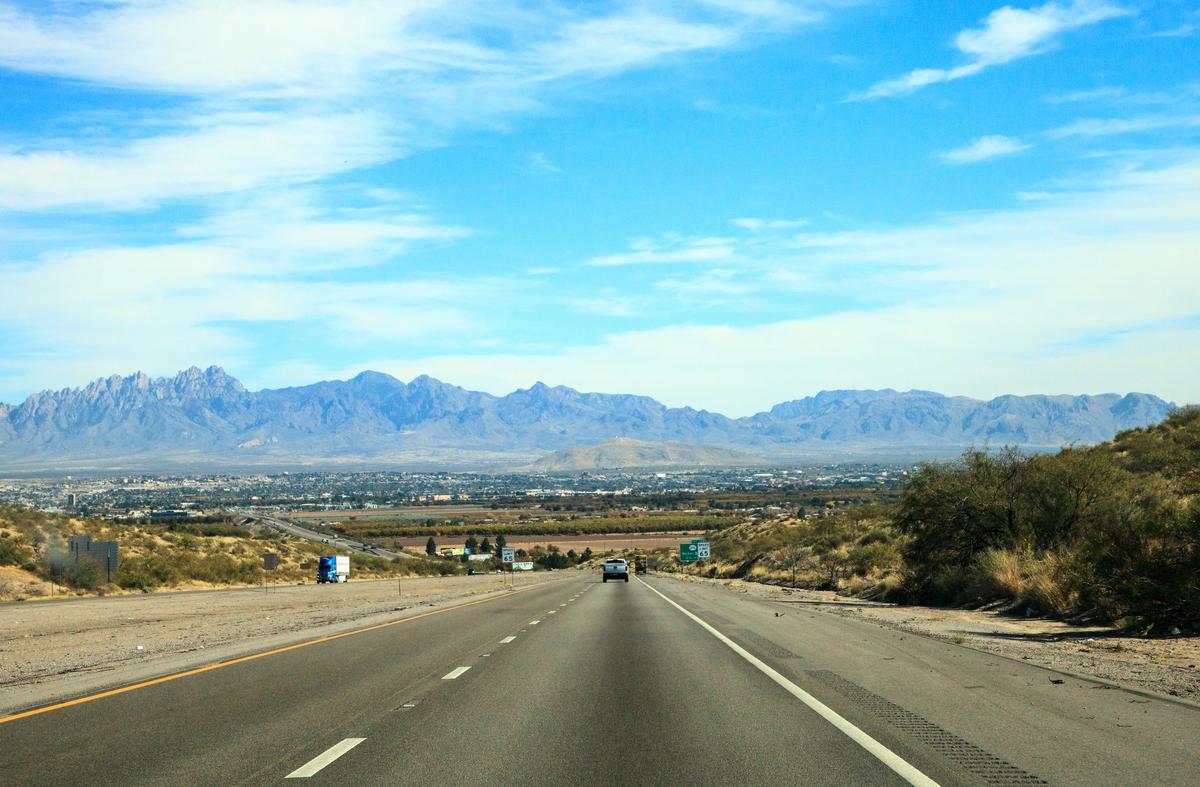
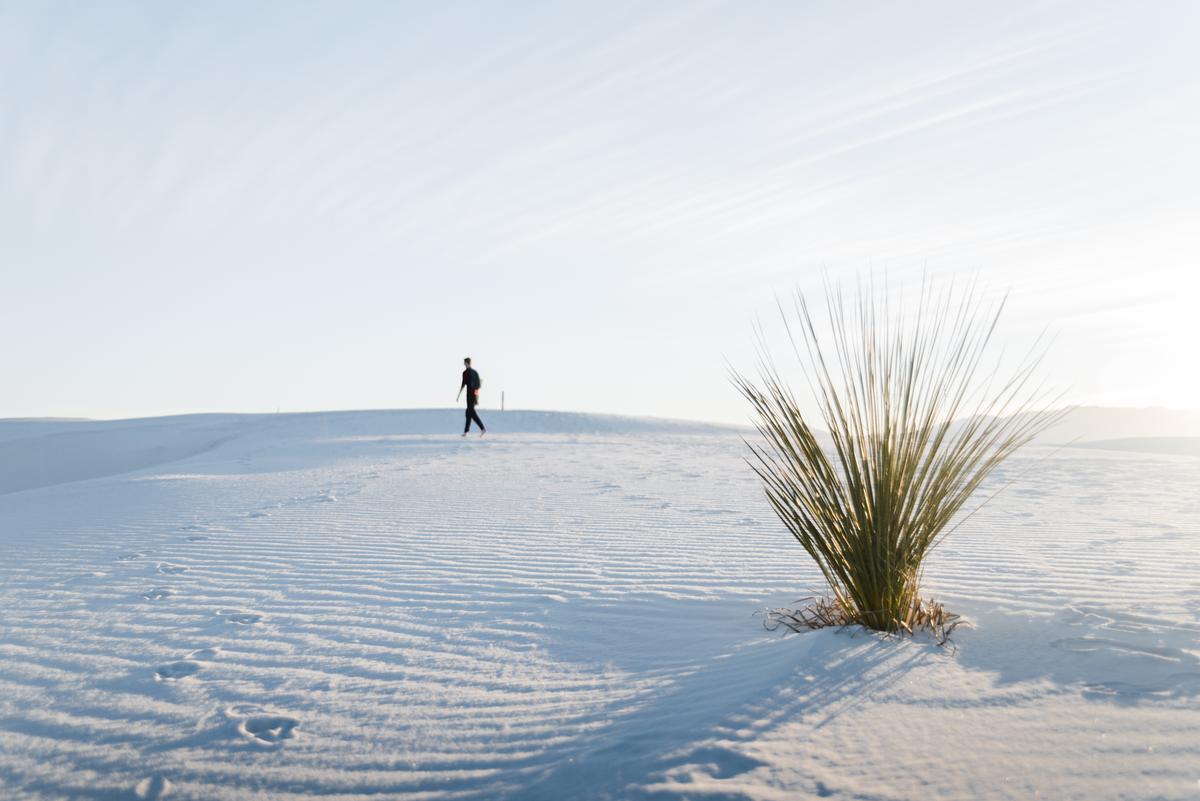
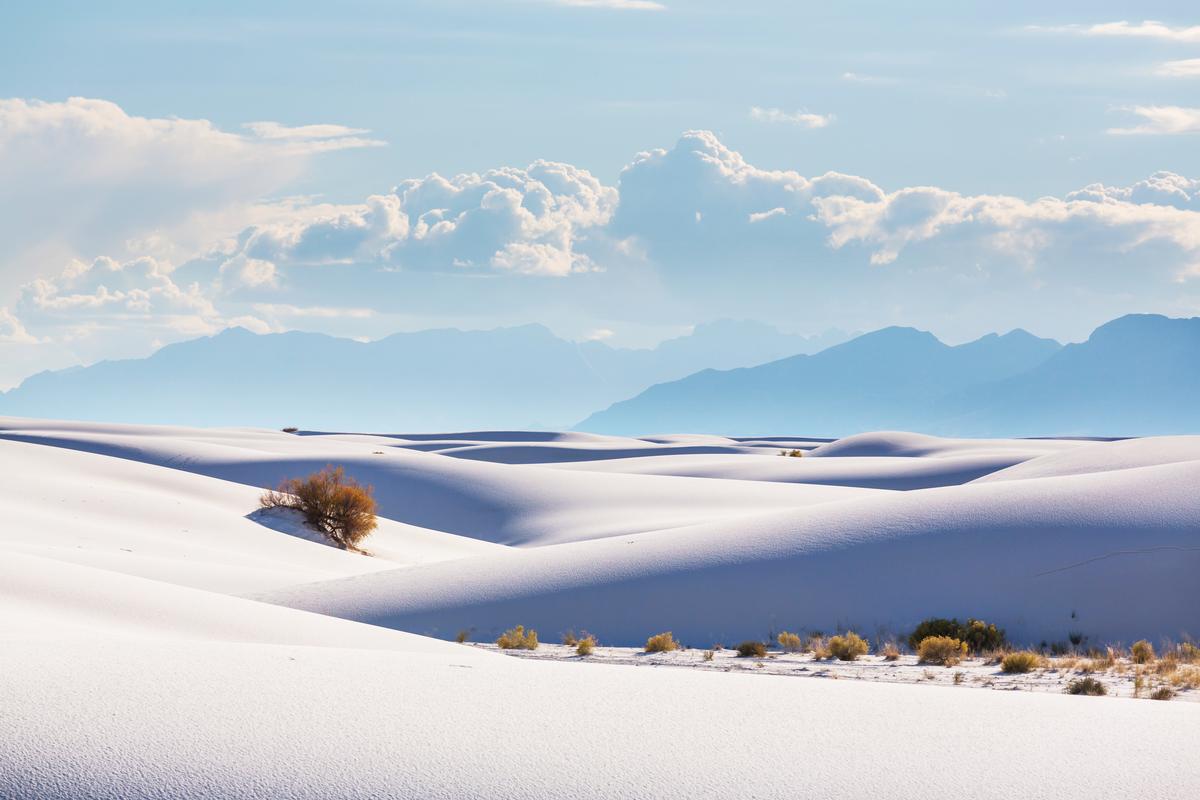
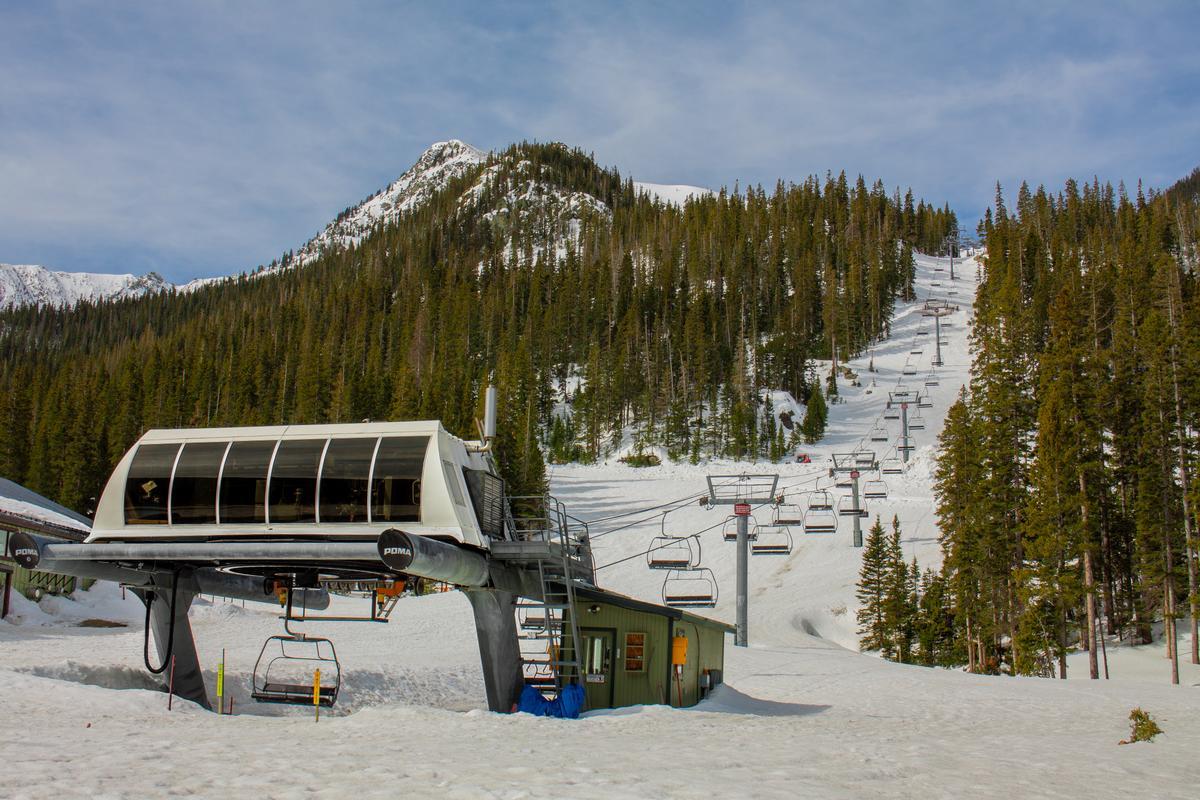
7. Taos
Set at the base of the Sangre de Cristo Mountains, this is one of the most breathtaking and culturally rich places I’ve ever visited in the Southwest.
From Santa Fe, I drove about 1 hour 40 minutes north to this town of 6,500 residents known for its arts scene and centuries-old adobe.
I arrived just after sunrise, the Sangre de Cristo Mountains brushed with pale pink. I toured Taos Pueblo (a UNESCO World Heritage Site, $16 admission), a Native American community continuously inhabited for over 1,000 years.
In the heart of town, I explored the Taos Plaza, browsed galleries, and visited the Millicent Rogers Museum ($15) for Southwestern jewelry and textiles. Dinner was green chile stew with fresh tortillas ($20) at a cozy adobe café. We stayed at the Historic Taos Inn ($165), known for live music in its Adobe Bar.
I spent the morning at Taos Pueblo, where adobe structures stood in quiet defiance of centuries. The scent of cedar smoke lingered in the air.
From there, I made my way to the Rio Grande Gorge Bridge. Standing at the edge, I watched the river carve through the rock, far below.
I’ve been back in winter too, skiing and snowboarding at Taos Ski Valley (famous for its powder and steep terrain) before warming up with spicy hot chocolate and catching live music in town, my personal highlight.
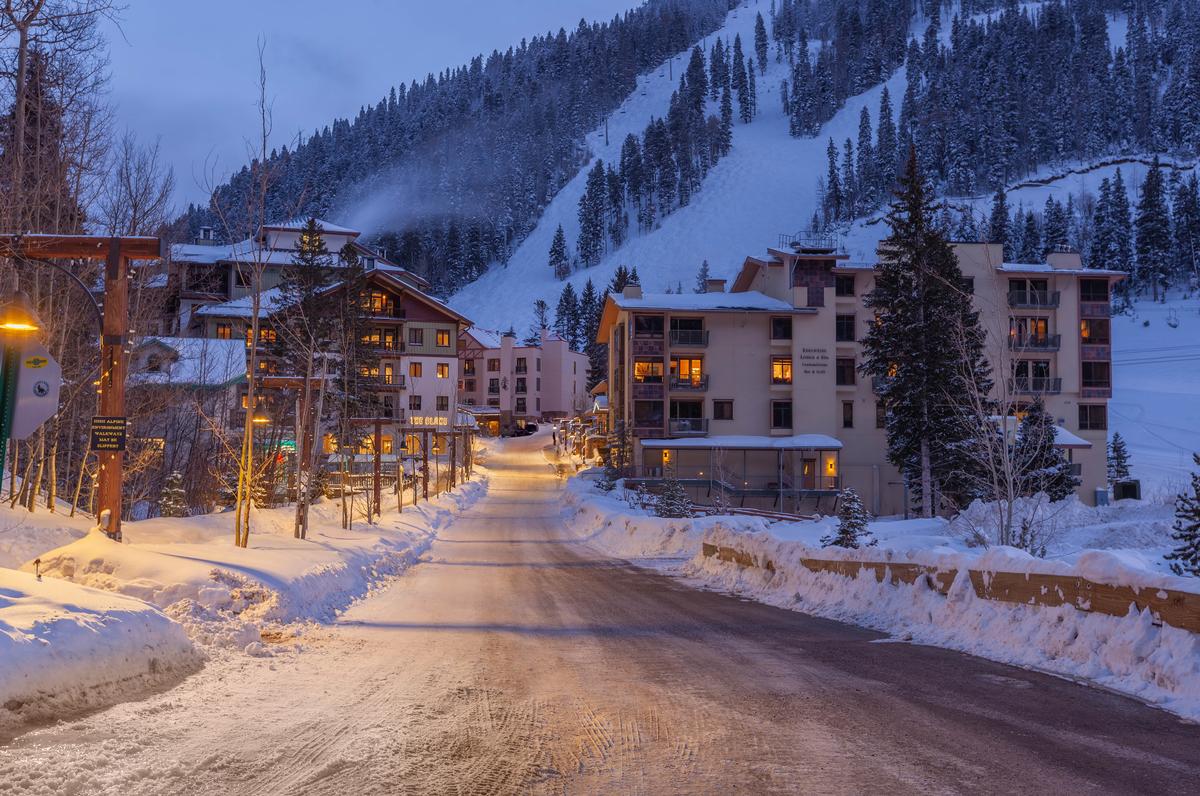
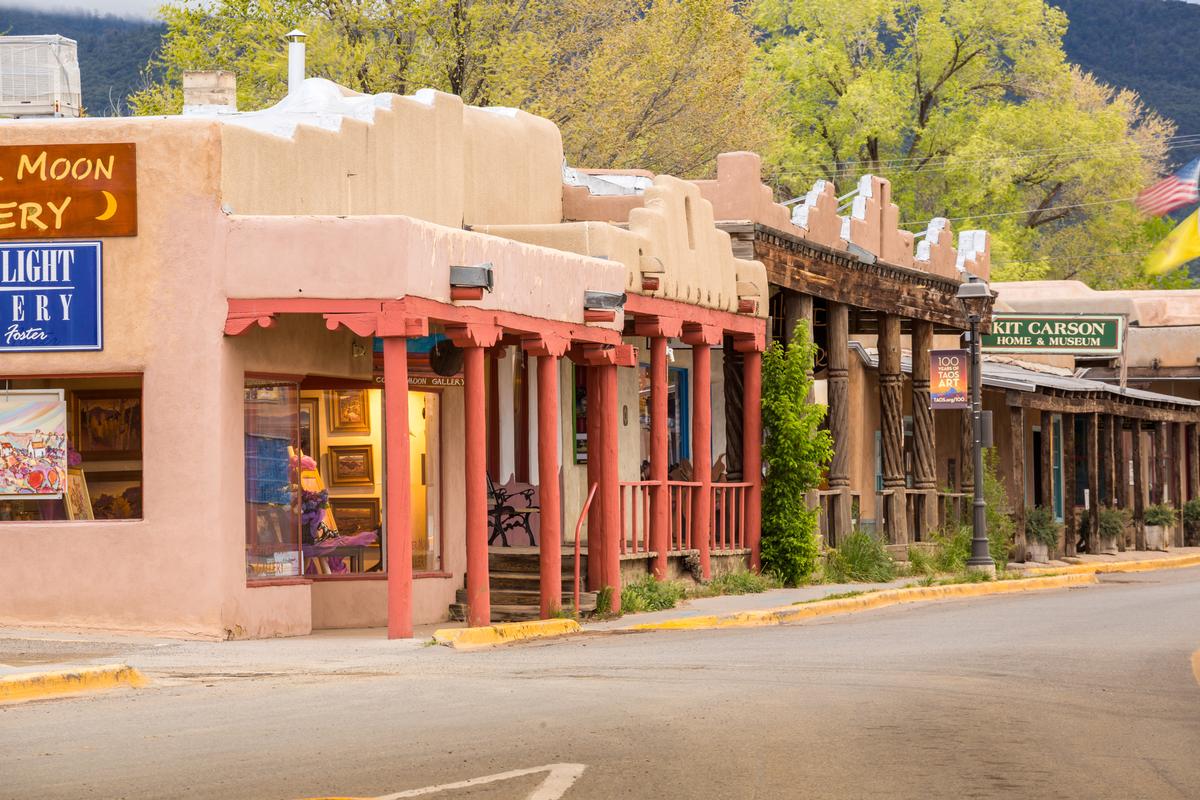

8. Roswell
This is one of my favorite New Mexico towns to visit because it offers such a fun mix of history, quirky attractions, and wide-open desert scenery. In early fall you get those crisp mornings paired with pleasantly warm afternoons—perfect for strolling downtown or exploring nearby parks at a relaxed pace.
I loved that it’s easy to reach from Lubbock, Texas - we drove about 2 hours 45 minutes hours to this city of made famous by the alleged 1947 UFO crash.
I toured the International UFO Museum & Research Center ($7 admission), which mixes exhibits, documents, and alien kitsch, then wandered Main Street, where even the streetlights are shaped like alien heads.
The Roswell Museum & Art Center (free) added a dose of serious culture with works by Georgia O’Keeffe. Dinner was a green chile cheeseburger ($16) at a local diner with UFO-themed décor.
In summer, I enjoyed festivals, farmers’ markets, and the quirky alien-themed shops that line Main Street. In winter, Roswell’s skies were crystal clear for stargazing, the desert landscape felt otherworldly, and the nearby wildlife refuge became a haven for migrating birds.
What I loved best:
Peppers Grill & Bar for dinner was my favorite highlight!
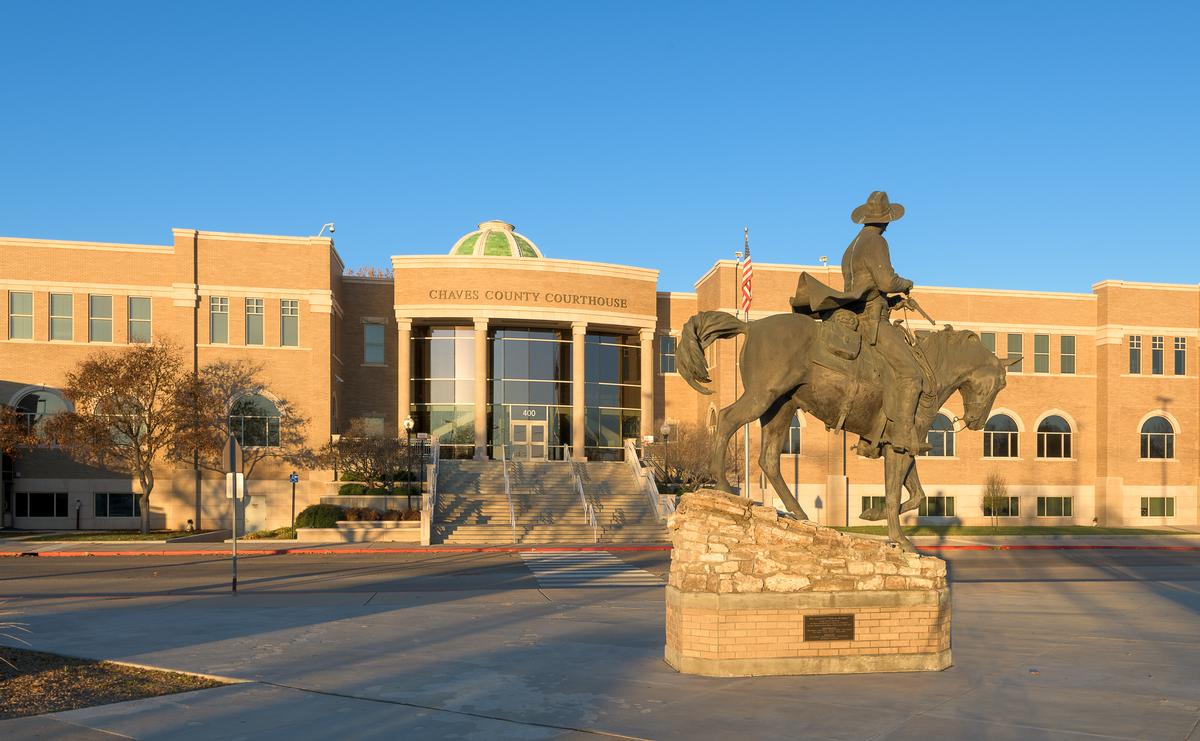
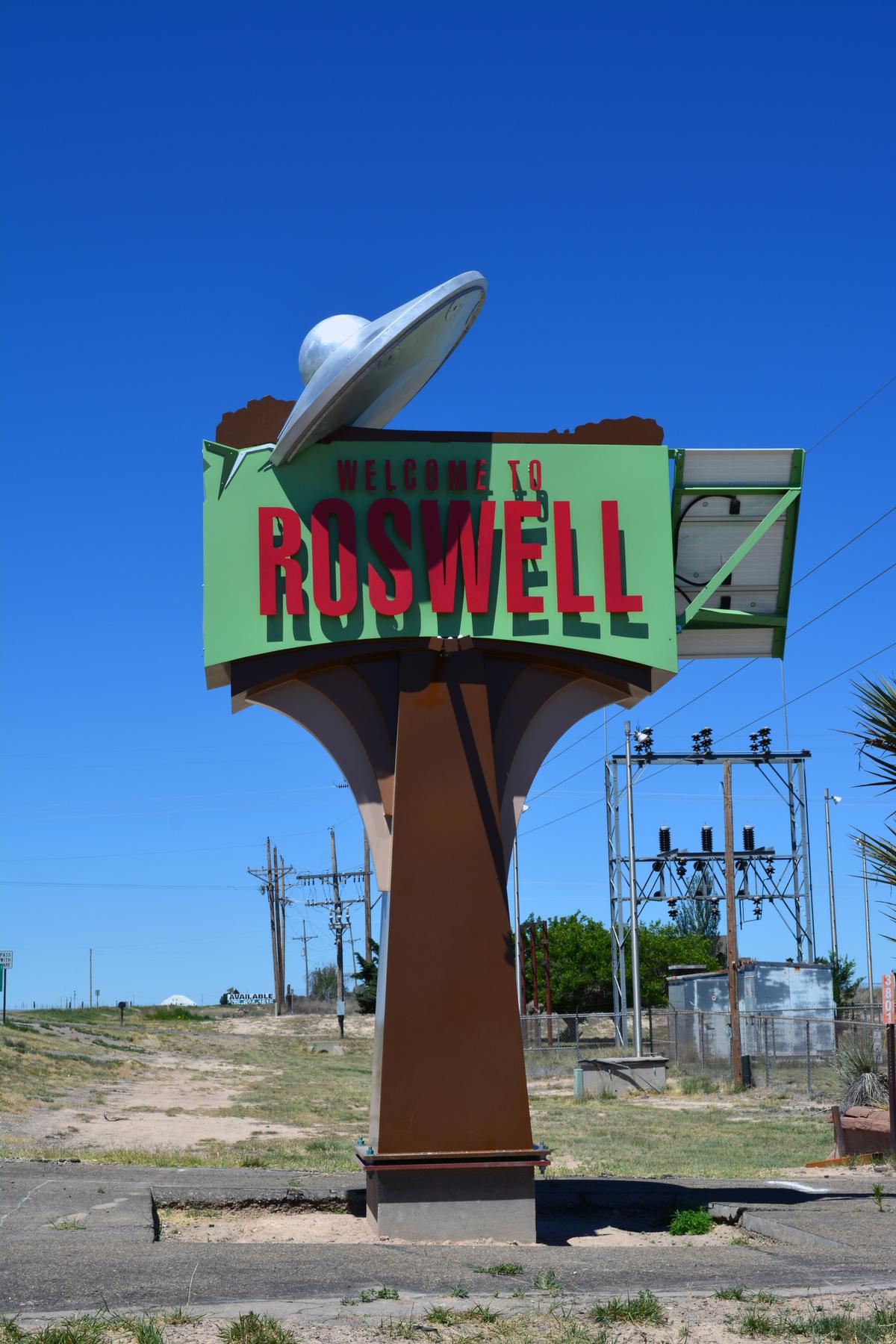
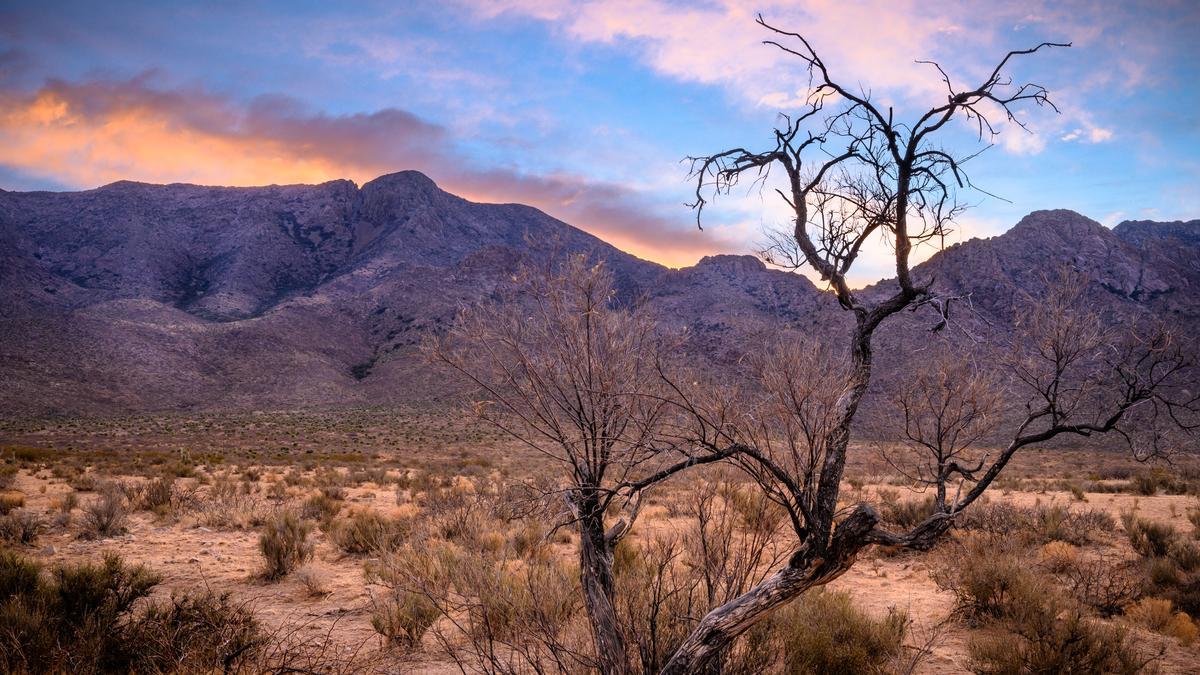
9. Las Cruces
Set beneath the dramatic Organ Mountains and surrounded by wide-open Chihuahuan Desert scenery, this is one of the most striking and unspoiled places I’ve visited in the Southwest, and I think it’s one of the absolute best destinations in southern New Mexico. Why? Las Cruces offers miles of trails, viewpoints, amd historic districts.
From El Paso, I drove about 45 minutes northwest New Mexico’s second-largest city.
I wandered around the historic Mesilla Plaza, where Billy the Kid was once tried, and browsed adobe shops and galleries around the 19th-century Basilica of San Albino (1855), and I also visited the New Mexico Farm & Ranch Heritage Museum.
Downtown Las Cruces features weekly farmers’ and crafts markets (free entry), one of the largest in the Southwest.
Dinner at La Posta de Mesilla was my personal highlight because we loved the rustic historic adobe style ambiance and classic New Mexican dishes like red & green enchiladas, chile rellenos.
We stayed at the historic Hotel Encanto de Las Cruces for two days ($175), a Spanish Colonial–style property with mountain views.
What I loved best:
When I returned in winter, the atmosphere was just as magical in a different way. Between the local cuisine, vibrant cultural celebrations, and year-round natural beauty, this place left me with the feeling that it’s both rooted in history and alive with a unique Southwestern energy.
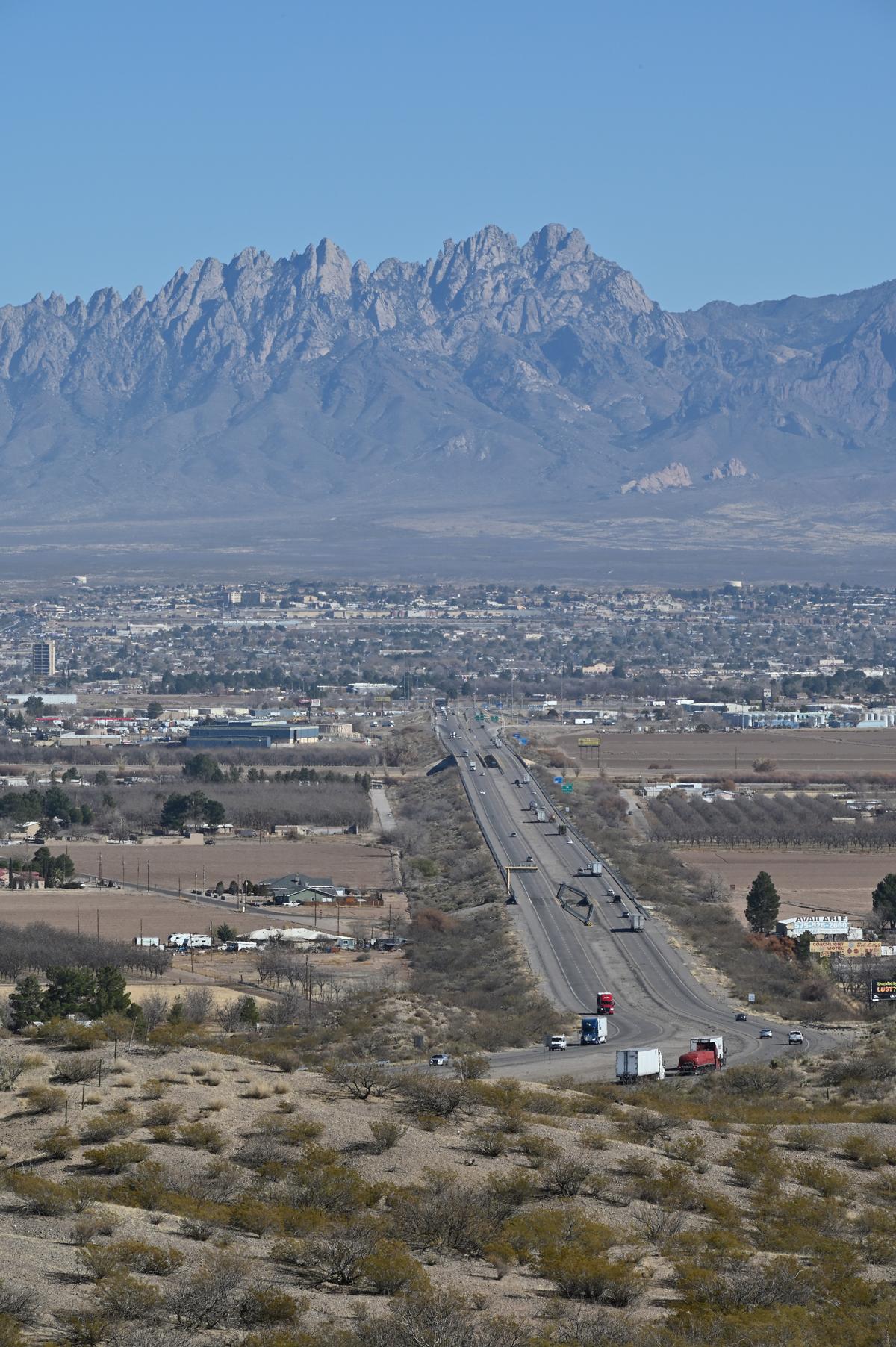
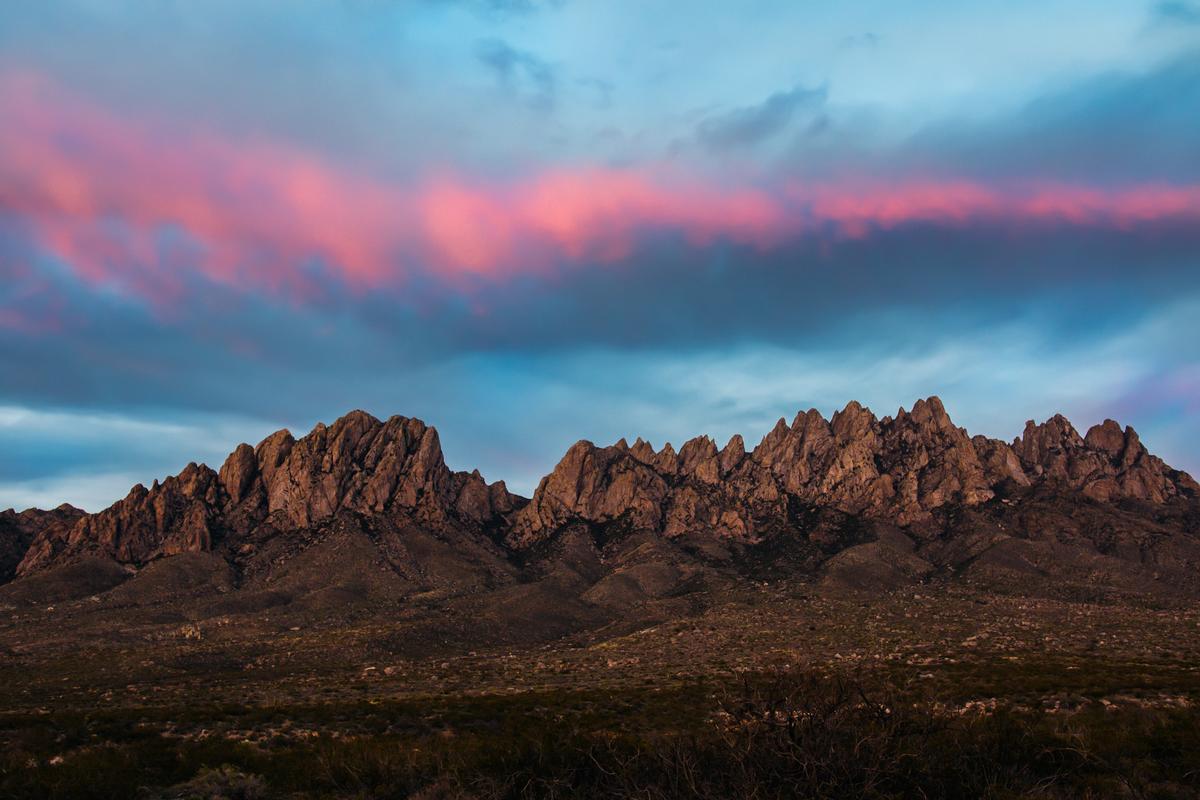
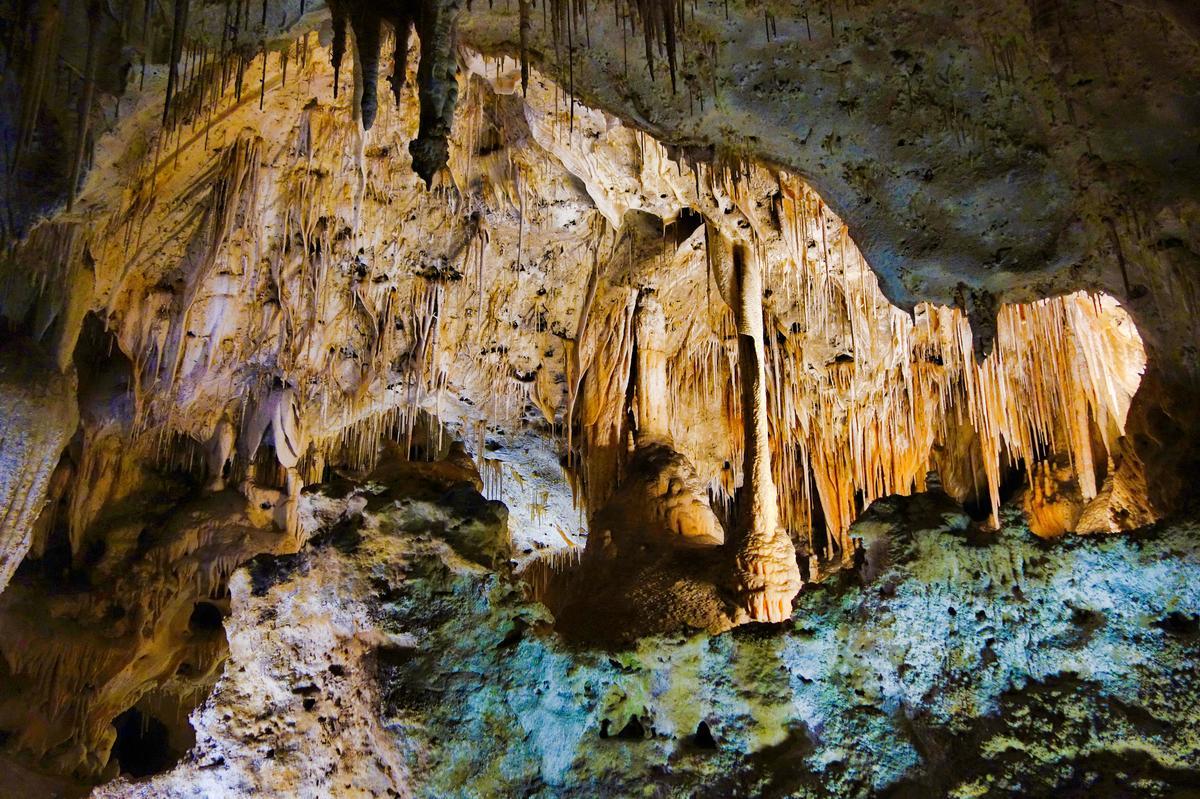
10. Carlsbad, New Mexico
Ready for a nature-and-geology-filled getaway? Check out Carlsbad, a real standout.
From El Paso, I drove about 2.5 hours northeast to this desert city along the Pecos River.
I strolled through the Carlsbad Museum (free admission), which covers local history from Native American artifacts to frontier life, then walked along the Pecos Riverwalk (free, landscaped trails with kayak rentals in summer). Downtown, I browsed antique shops.
Carlsbad’s desert beauty captivated me, the Pecos River glistening through rugged canyons, framed by limestone bluffs and the Chihuahuan Desert’s wide horizons, cottonwood groves, blooming cacti, and fiery desert sunsets.
What I loved best:
I think that Carlsbad is one of the best places to visit in New Mexico. Why? About a 4 hours 20-minute drive from Albuquerque, staying here feels like stepping into a town with lots of history and natural beauty.
A 30-minute drive south from town led us into Carlsbad Caverns National Park, a mesmerizing underground world of stalactites and cathedral-like chambers that felt otherworldly and was my personal highlight.

Booking Checklist
1. Book Your Flight - I use Expedia because I like their mobile app with my itinerary. They've helped me re-book flights on many occasions. Once you reach their Gold tier, support is especially good.
2. Book Your Hotel - I use Booking.com or Expedia, depending on my destination.
3. Book Your Rental Car - I use Expedia.
4. Book your tours on Viator or Get Your Guide.
5. If you are planning to visit more than three national parks in the next 12 months, buy the America the Beautiful Pass.
